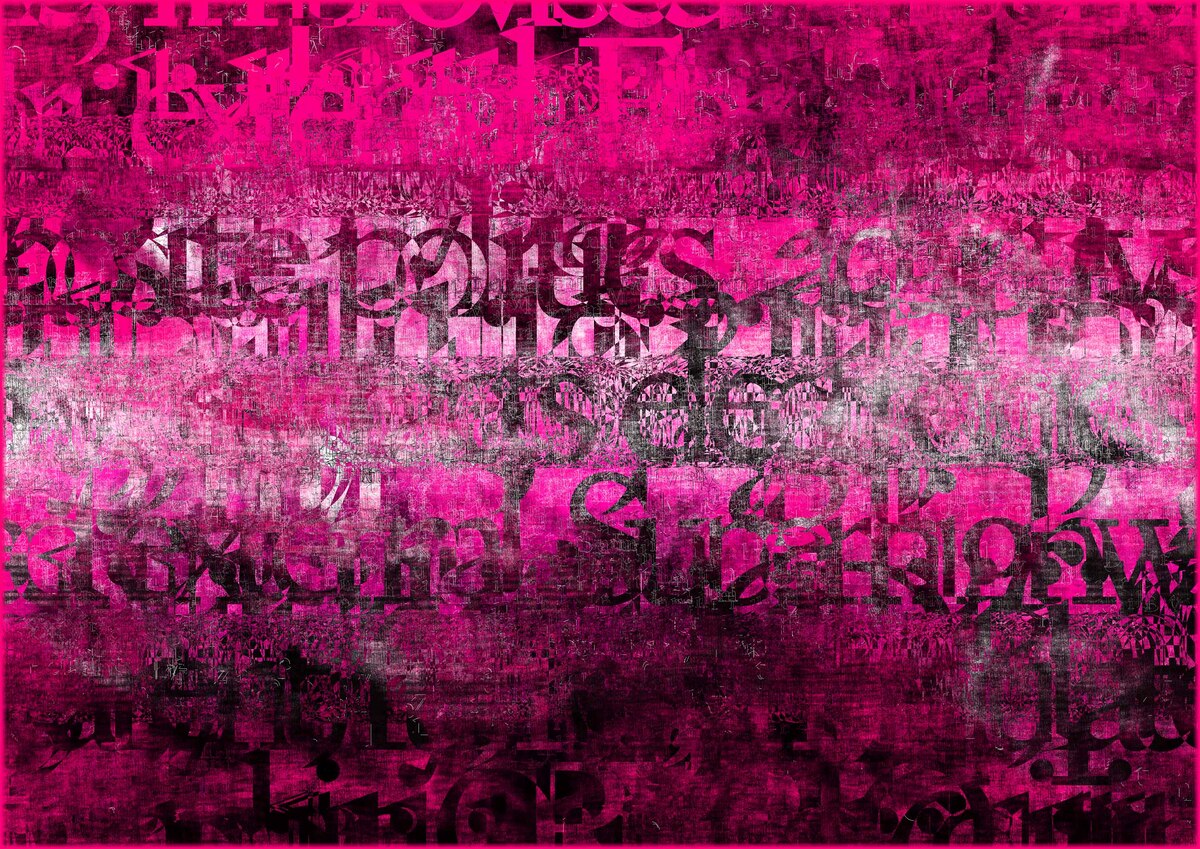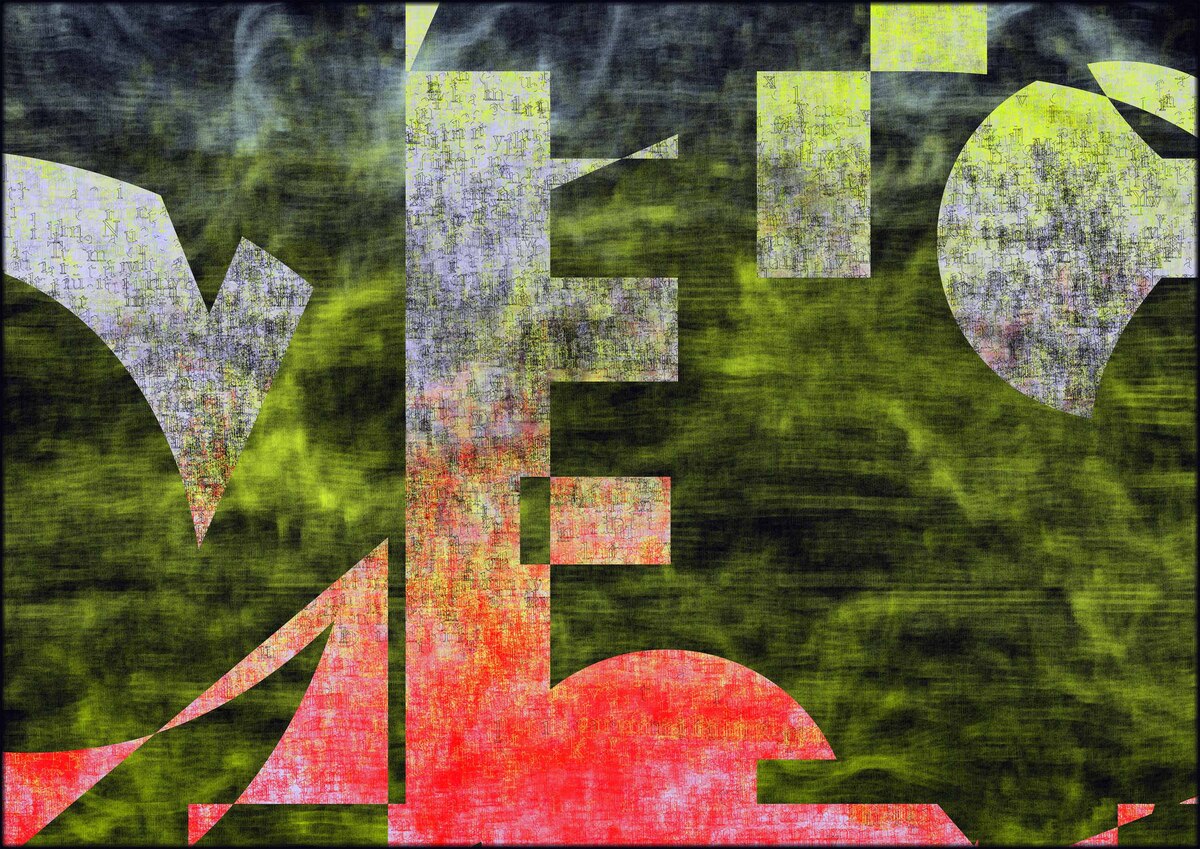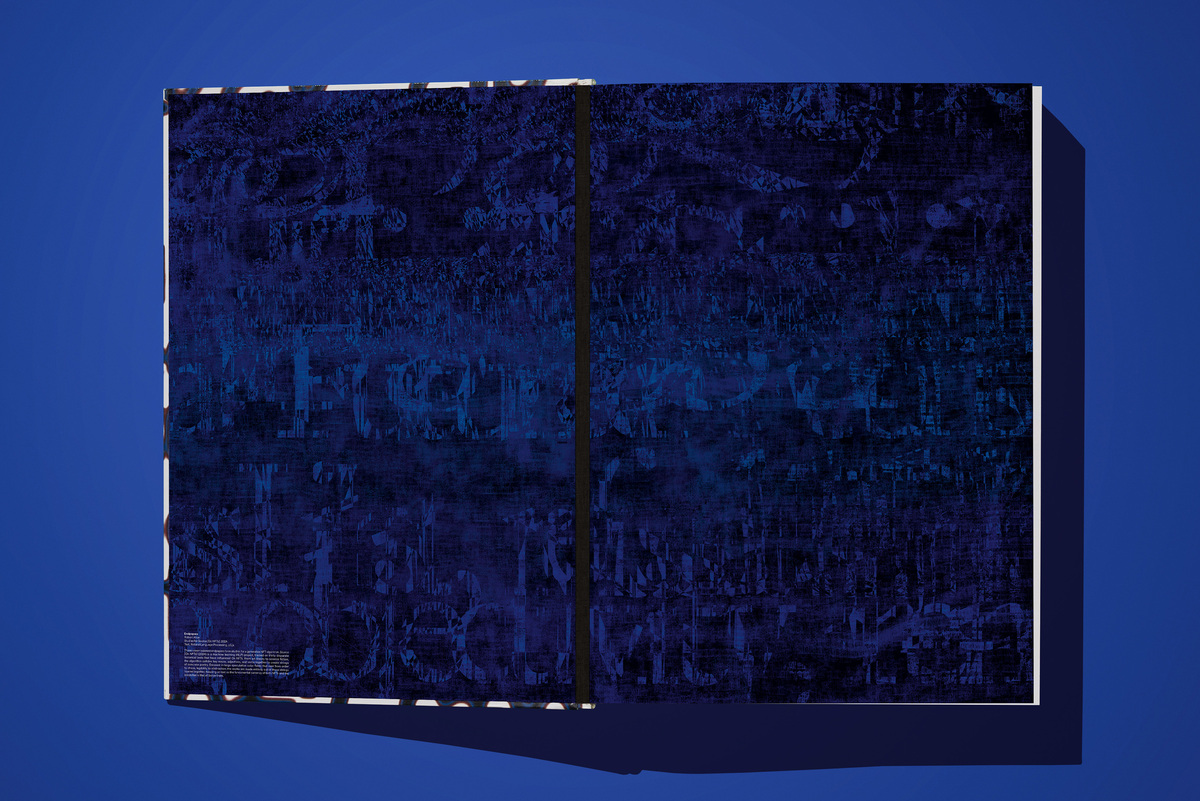Criticism and Community
A special issue on generative art features essays by participants in a writing workshop organized with Art Blocks.


“An image does not exist on the blockchain without text,” writes Robert Alice in the introduction to On NFTs (Taschen, 2024). He continues: “Blockchains are also deeply intertwined with the history of publishing, for what is a blockchain if not humanity’s latest breakthrough in the art of the written record?” And so, what better theme for an NFT project being released to promote the book than the written word?
SOURCE [On NFTs] is a collection of 400 generative paintings being auctioned and minted live by Christie’s on March 12. It might have made sense to use his own book as the “source material” (you get the pun) but instead the artist-slash-editor has selected around 35 pre-existing publications and other documents which he has deemed to relate to the history of blockchain in some way. In a process devised by the artist’s studio in collaboration with web3 development studio Digital Practice, these texts were fed into an AI model which reconstituted them into new sentences and phrases, which are then fed into further algorithms to alter the visual appearance of the letters. In the final step the images are spliced and layered together to create rectangular fields of colour and text—sometimes partially legible but other times completely obscured.

The whitepapers for Bitcoin and Ethereum make an appearance on the list of texts used, of course. The oldest on the list is the Tao Te Ching (c. 400 BC), which sets out the ancient Chinese philosophy of Taoism that some have argued provides the philosophical basis for crypto. The newest is Claudia Hart’s A Feminist Manifesta of the Blockchain from 2021. There are also art-historical texts which are frequently cited as informing the evolution of NFTs, such as Seth Siegelaub and Robert Projansky’s “Artist’s Reserved Rights Transfer And Sale Agreement” from 1971. You wouldn’t know this from looking at the paintings, though: only occasionally can an entire word be parsed. In these works, text is abstracted, divorced from its semantic meaning.
In Source the code takes over, treating words and letters as purely visual matter.
The generative art that enjoys market success tends to involve geometric abstraction, though some prominent NFT projects feature text. Vera Molnar’s Theme and Variations (2023), the first generative NFT collection commissioned by an auction house, composed arrangements of the letters N, F, and T. Fake It Til You Make It (2022) by Maya Man repurposes the language of inspirational influencers posts on Instagram. Still Moving (2023) by Sasha Stiles and Nathaniel Sterns turns snippets from Stiles’s book 2021 Technelegy into dynamic, interactive environments that respond to the viewer’s movements as tracked by a webcam. In both of these, words are still legible, and the impact of the work relies in part on the emotional associations evoked by their meanings, and the tension between this human interpretation and the way in which another kind of text—the code—manipulates the form of the letters, indifferent to what they signify. In Source the code takes over, treating words and letters as purely visual matter. The performative power of code comes to the forefront, reminding us just why “an image does not exist on the blockchain without text”—and it has nothing to do with the meanings woven into natural language.

By feeding the source texts into an AI model, the project also obliquely comments on the current age of Chat GPT, when language becomes a set of mathematical probabilities, reordered and reformed by chatbots, with prompts being the kernels of infinite images and texts. Using this particular technology in the context of the promotion for a book is an interesting move, sparking existential questions about the future of the written word.
A number of works minted in the auction will be accompanied by a physical copy of On NFTs: the “hard code” edition which retails for 1,750 USD and comes with a stainless steel slipcase featuring the code from a selection of landmark blockchain art projects included in the book. Taschen has also commissioned works from SOURCE to be used as endpapers—a gesture that not so subtly inserts the NFT project into the history of art on the blockchain that it documents.
